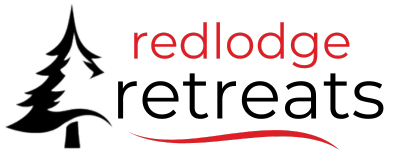The Forgotten Element in Team Building

Shared experiences build more than a team but often when we set up a new team, or alter an existing team, our first thought is about what the team is for. So, what are the tasks and aims of this particular team? We neglect the people side of it. We forget who the team is, who the individual team members are, how they get on and how successfully they work together.
A successful team is much more than a group of people “left to get on with it”.
Success comes from putting time and energy into building a “community”.
Community forms around a shared objective, where each person has a meaningful role. At work we’re all familiar with this, and it’s commonly called a “team”. But a community can be so much more. Think about a ‘caring community’. This is a community with the attributes of a team, but which takes everything one step further than just working for a common goal. A ‘caring community’, an ideal team really, promotes learning and growth. It does this both at the individual level, and at the team level. Most often this learning and growth comes from sharing experiences and stories.
Passing on ‘social history’ is one valuable way to develop the sense of community. Team members share their experiences and learn about what is acceptable or not through stories about incidents that have happened in the past. This forms the background to “the way we do things around here”. People reminisce about the team’s traditions – celebrations, rewards, memories of good, or even, bad times.
Another way to help build the sense of community is through creating new shared experiences.
Outdoor experiential learning activities are especially effective for shared experiences because of the twin elements of fun and excitement that accompany them.
Instead of engaging just our minds, experiential learning engages us physically and emotionally. This combination of our hearts, heads and hands has been shown to help us learn best. The activities help us challenge our preconceived notions, biases and beliefs. We’re forced to interact with others in environments which are usually unfamiliar, and always challenging. This helps us become more confident, more aware of the strengths of others, and more open in our communication and trust. These are all things a successful team needs, and all attributes of a caring community.
Experiential learning benefits of a shared experience:
- when a team is brand new, experiential learning can help provide it with its first stories;
- for an established team it can help break down unhelpful behaviors and replace them with more effective ones.
- when new members join an established team, it can jump-start the process of them being accepted by the team.
Importantly, it’s not just the learning that happens that gives a return on investment. The sense of community built through the activities is something that lives on, in the shared stories of the team. Stories are mulled over, reinforcing the lessons. They are told to newcomers to help them understand the values of the team. In short, they become an integral part of the team and the way it communicates and works together. They become stories that support the community.
Red Lodge Ropes Course, a division of NexLevel Challenge, works with businesses that share our mindset, philosophy, and values of Connection, Fun & Excellence. Our powerful experiential training programs create high performance teams.
Give us a call 1.866.840.2840, pop us an email or visit our website Red Lodge Ropes Course.
